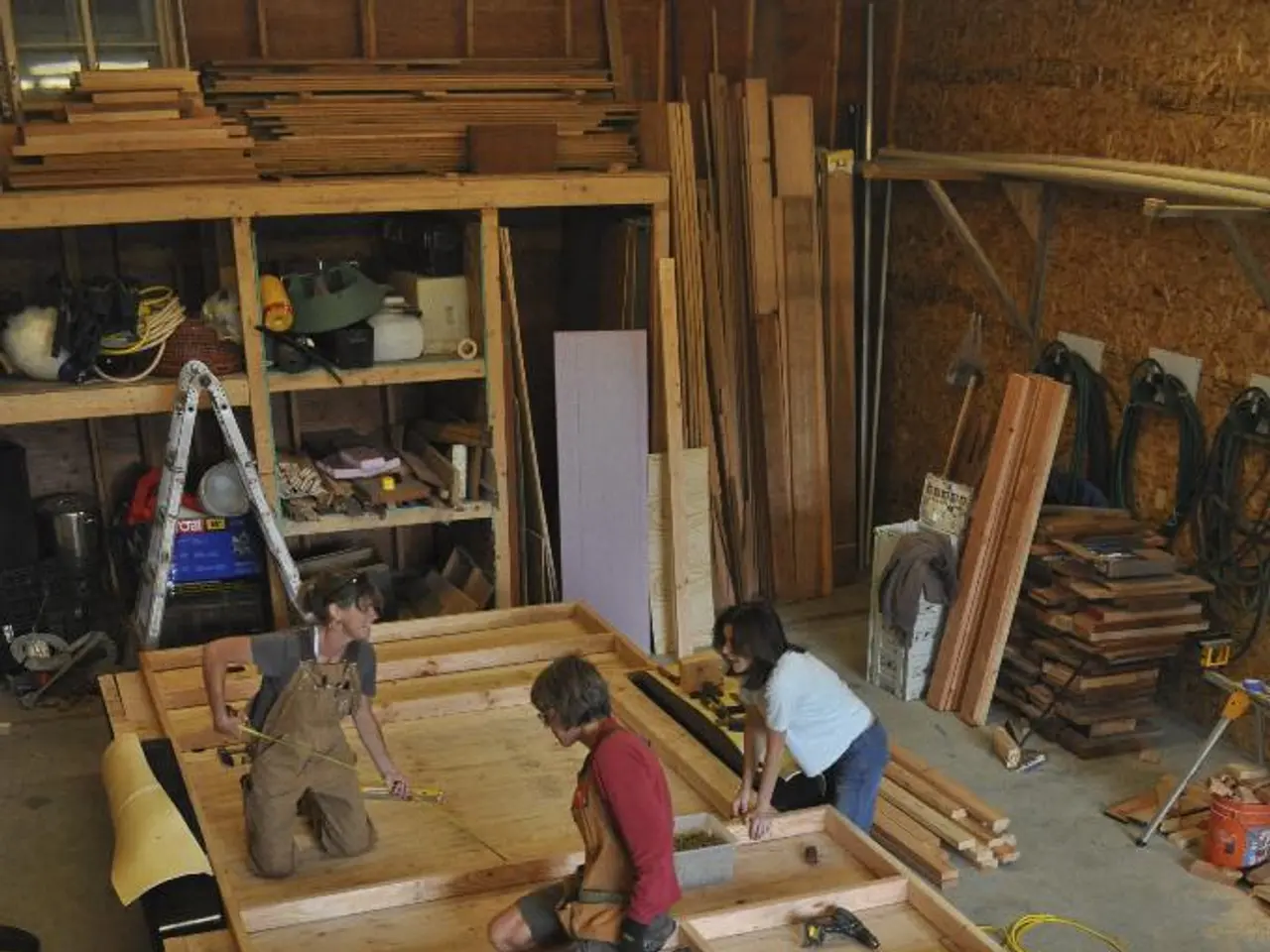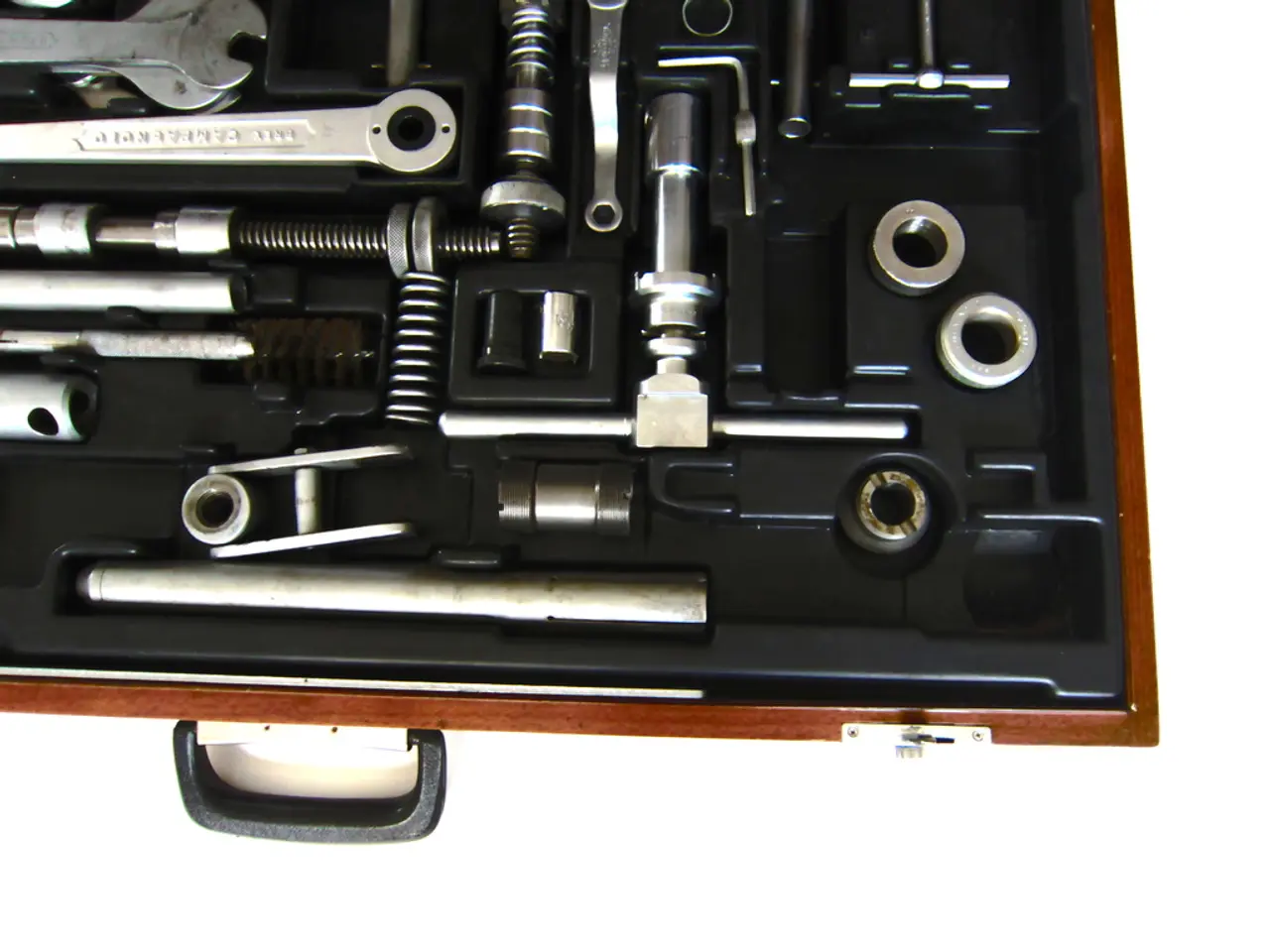Robot Crafted as a Companion Loaded with 15 Languages to Enhance Hospitality and Care in Hospital Settings
In a significant leap forward for AI-powered robotics, multilingual humanoid robots are transforming communication barriers in healthcare and hospitality, enabling more inclusive, efficient, and personalized service delivery on a global scale.
Leading the charge is Realbotix, a company that has developed humanoid robots capable of communicating fluently in 15 major languages and accessing over 147 additional languages and dialects via cloud-based support [1][3]. These robots serve as communication bridges between patients and medical staff in healthcare settings, and smart concierge services in hospitality, providing immediate assistance in natural speech [1][2][3].
In healthcare, these robots are instrumental in bridging language gaps, ensuring clearer communication and more responsive, personalized care, especially in multicultural and multilingual healthcare environments. This capability is crucial in reducing language barriers that can compromise patient safety and care quality [1][3].
In the hospitality sector, multilingual humanoid robots enhance the guest experience by answering questions, offering information, and assisting visitors in their native language at airports, hotels, museums, and tourist attractions such as Disneyland. Their lifelike appearance and natural conversational abilities improve accessibility and contribute to a more engaging and personalized service [1][2][3].
The potential impact of these robots is far-reaching. They unlock international customer service applications, making them valuable in culturally diverse settings worldwide [1][3]. By automating language translation and basic customer interaction, they also reduce the workload on human staff, allowing them to focus on more complex tasks [2][4]. Enhanced customer/patient satisfaction is another significant benefit, as personalized, culturally sensitive interactions foster trust and improve overall experience [3].
However, challenges remain. The high cost of implementation, data privacy concerns, balancing automation with human touch, and integration with existing systems are important factors in adoption [2][4].
As we look to the future, the integration of humanoids into the workforce is expected within the next ten years, with a price tag of $20k to $175k per robot [5]. The global market for humanoid robots is projected to grow from USD 2.93 billion in 2025 to USD 243.40 billion by 2035 [6].
Other exciting developments in the world of robotics include the creation of a backpack-wearing cyborg beetle for disaster search and rescue, Turkey's new fighter jet laser to counter heat-seeking missiles, and NVIDIA's unveiling of the world's first long-context AI [7].
In conclusion, the advancements in multilingual humanoid robots are set to redefine the landscapes of healthcare and hospitality, offering a future where such robots become integral to patient care and guest services worldwide [1][3].
References: [1] Realbotix. (n.d.). Retrieved from https://realbotix.com/ [2] Grand View Research. (2020). Humanoid Robots Market Size, Share & Trends Analysis Report By Application, By Region And Segment Forecasts, 2021 - 2028. Retrieved from https://www.grandviewresearch.com/industry-analysis/humanoid-robots-market [3] Tapscott, A., & Tapscott, C. (2019). Blockchain Revolution 2.0: How the Technology Behind Bitcoin Is Changing Money, Business, and the World. Penguin. [4] The Guardian. (2019). The rise of the humanoid robots: are we ready for them? Retrieved from https://www.theguardian.com/technology/2019/mar/24/the-rise-of-the-humanoid-robots-are-we-ready-for-them [5] The Economist. (2021). The robot revolution is coming. Retrieved from https://www.economist.com/leaders/2021/08/21/the-robot-revolution-is-coming [6] Statista. (2021). Global humanoid robots market size 2025 and 2035. Retrieved from https://www.statista.com/statistics/1180542/global-humanoid-robot-market-size/ [7] TechCrunch. (2021). NVIDIA's new long-context AI could revolutionize AI's ability to understand and learn. Retrieved from https://techcrunch.com/2021/08/30/nvidias-new-long-context-ai-could-revolutionize-ais-ability-to-understand-and-learn/
- Technology advancements in robotics, such as the development of multilingual humanoid robots, are revolutionizing the fields of healthcare and hospitality, fostering more efficient, personalized, and inclusive services by bridging language barriers.
- With capabilities to communicate in multiple languages, these humanoid robots can provide immediate assistance in natural speech, automating language translation and basic customer interaction, thereby reducing the workload on human staff.
- As the market for humanoid robots continues to grow, innovation in this field is expected to accelerate, potentially transforming the global workforce and reshaping the delivery of services in various sectors, such as healthcare and hospitality, over the next decade.




